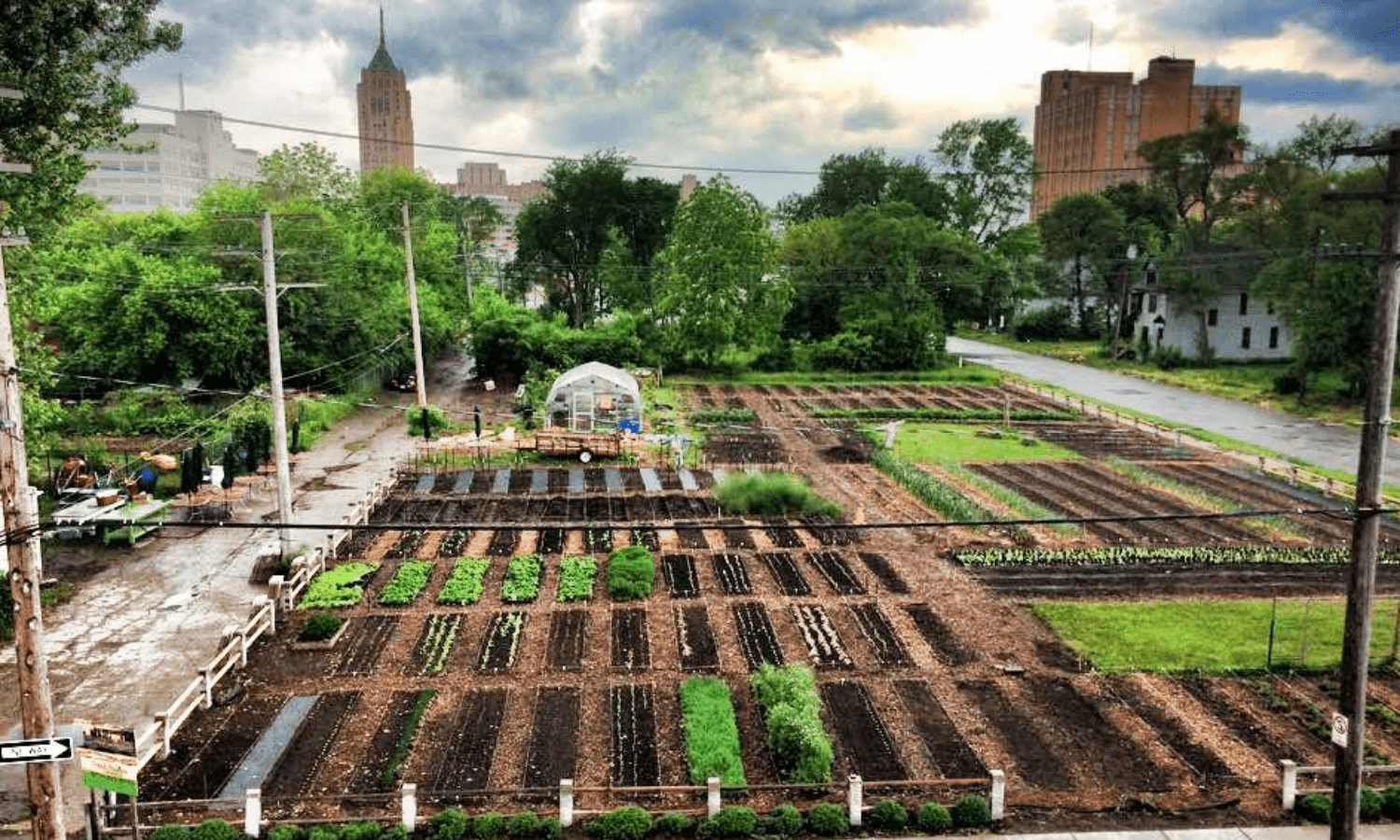How to Start Hydroponic Gardening in Urban Spaces

Imagine transforming your urban jungle into a lush, green oasis. Hydroponic gardening makes this dream a reality. This innovative, soil-less gardening method is perfect for urban dwellers who crave a touch of nature in their concrete surroundings. Whether you're a seasoned gardener or a novice, hydroponic gardening for urban spaces is an exciting adventure that yields fresh produce and beautiful indoor plants. Let's dive in and explore how you can start your own hydroponic garden today!
Understanding Hydroponic Gardening
Hydroponic gardening is a method of growing plants without soil. Instead, plants are grown in a nutrient-rich water solution. This technique is ideal for urban agriculture because it requires minimal space and can be set up indoors or on balconies. Vertical gardening, a popular form of hydroponics, allows you to maximize your space by growing plants vertically on walls or trellises.
Benefits of Hydroponic Gardening
- Space Efficiency: Perfect for small apartments or urban green spaces.
- Water Conservation: Uses up to 90% less water than traditional gardening.
- Faster Growth: Plants grow up to 50% faster due to direct nutrient absorption.
- Pest Control: Reduced risk of pests and diseases common in soil-based gardening.
Getting Started with Hydroponic Gardening
Ready to embark on your hydroponic journey? Here’s a step-by-step guide to help you get started.
Step 1: Choose Your Hydroponic System
There are several types of hydroponic systems, each with its own advantages. The most common systems include:
- Wick System: A simple and passive system where a wick transfers nutrients from the reservoir to the plants.
- Deep Water Culture (DWC): Plants are suspended in a nutrient-rich solution, with an air pump providing oxygen.
- Nutrient Film Technique (NFT): A continuous flow of nutrient solution passes over the roots, providing constant nourishment.
- Ebb and Flow: Plants are periodically flooded with nutrient solution, which then drains back into the reservoir.
Step 2: Select Your Plants
Not all plants thrive in a hydroponic environment. Some of the best plants for hydroponic gardening include:
- Leafy Greens: Lettuce, spinach, and kale.
- Herbs: Basil, parsley, and mint.
- Fruiting Plants: Tomatoes, peppers, and strawberries.
Step 3: Set Up Your System
Once you’ve chosen your system and plants, it’s time to set up your hydroponic garden. Here’s what you’ll need:
- Reservoir: A container to hold the nutrient solution.
- Growing Medium: Materials like rockwool, perlite, or clay pellets to support the plants.
- Nutrient Solution: A mix of essential nutrients for plant growth.
- Lighting: Artificial grow lights or natural sunlight, depending on your setup.
- Air Pump: To oxygenate the nutrient solution.
Step 4: Maintain Your Hydroponic Garden
Regular maintenance is key to a thriving hydroponic garden. Here are some tips:
- Monitor pH Levels: Maintain a pH between 5.5 and 6.5 for optimal nutrient absorption.
- Check Nutrient Levels: Regularly test and adjust the nutrient solution.
- Clean Your System: Regularly clean your reservoir and tubing to prevent algae and bacterial growth.
- Harvest and Replant: Enjoy your fresh produce and replant as needed.
Vertical Gardening: Maximizing Urban Spaces
Vertical gardening is a fantastic way to maximize space in urban environments. By growing plants vertically, you can turn walls, fences, and even balcony railings into lush green spaces. Here are some tips for successful vertical gardening:
- Choose the Right Plants: Opt for plants that grow well vertically, such as vines, herbs, and leafy greens.
- Use Support Structures: Trellises, wall planters, and hanging baskets are great for vertical gardening.
- Ensure Adequate Lighting: Make sure your vertical garden receives enough sunlight or artificial light.
Urban Agriculture: The Future of Sustainable Living
Urban agriculture is gaining popularity as a sustainable way to grow fresh produce in cities. Hydroponic gardening is at the forefront of this movement, offering a space-efficient and eco-friendly solution. By embracing urban agriculture, you can contribute to a greener, healthier urban environment.
Conclusion
Hydroponic gardening for urban spaces is a rewarding hobby that brings nature into your home. Whether you’re growing fresh herbs in your kitchen or transforming your balcony into a lush oasis, hydroponics offers a sustainable and space-efficient solution. So, why wait? Start your hydroponic garden today and enjoy the fruits of your labor!
FAQs
What is the best hydroponic system for beginners?
- The Wick System is often recommended for beginners due to its simplicity and low maintenance requirements.
Can I grow hydroponic plants indoors?
- Yes, hydroponic plants can thrive indoors with the right lighting and temperature conditions.
How often should I change the nutrient solution?
- It’s recommended to change the nutrient solution every 2-3 weeks to ensure optimal plant growth.
What are the best plants for hydroponic gardening?
- Leafy greens, herbs, and fruiting plants like tomatoes and strawberries are great choices for hydroponic gardening.
How can I prevent pests in my hydroponic garden?
- Regularly clean your system, monitor for signs of pests, and use organic pest control methods if needed.


0 Response to "How to Start Hydroponic Gardening in Urban Spaces"
Post a Comment